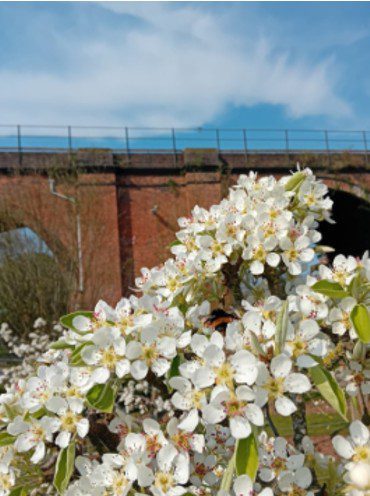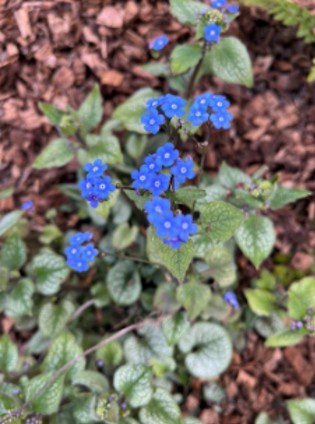
Spending time in nature has never been more important—for our wellbeing and for the health of the planet. But what if a smartphone could make that experience even more meaningful? That was the starting point for a group of student researchers working in partnership with the University of Worcester and Worcester City Council. Together, they set out to teach adults aged 50 and over in Worcester how to use the iNaturalist app. Their goal: to help older residents connect with local wildlife, support conservation through citizen science, and gain the confidence to contribute valuable ecological data using everyday technology.
Why Biological Recording Matters
Biological recording—the act of documenting plants, animals, and fungi—is essential for understanding and protecting nature. Data gathered through citizen science apps like iNaturalist helps researchers monitor population trends, spot invasive species, and assess the health of ecosystems.
In Worcester, this work is especially relevant. Species like swifts, water voles, and slow-worms are under pressure, while invasive plants such as Himalayan Balsam continue to spread. More records from the public can fill crucial data gaps and guide local conservation action.
And it’s not just nature that benefits. Regular time outdoors has been shown to reduce stress, improve mood, and support physical health. For older adults, combining nature connection with gentle activity and learning new skills also helps reduce isolation and build confidence. As one participant shared, “It was a really nice social event as well as a learning opportunity.”

iNaturalist: A simple tool with a big impact
iNaturalist allows users to take a photo of a species, get suggestions for identification, and share the record with a global community. Those records can be verified by others and added to open-access biodiversity databases.
Despite its usefulness, many older adults had never heard of the app—or felt unsure about using technology like it. That’s where this project stepped in. The student team offered one-on-one guidance, custom tutorials, and hands-on practice during a series of workshops and guided walks.
As one participant explained, “You don’t want to admit in front of the group that you’re not tech-savvy. It was so helpful to have individual support.” Another noted, “Instead of just putting a YouTube video or something like that, which drives me mad, people were able to try it out with support at the time.”
What they did
The project team ran interactive sessions at The Hive, Worcester Cathedral, and the University’s St John’s campus. These events helped participants install and use the iNaturalist app, learn to identify species, and explore local green spaces while making real-time observations. The approach combined digital learning with social engagement and real-world exploration.
What they found
The results of the project were overwhelmingly positive:
- 94% of participants said they planned to continue using iNaturalist
- 88% reported learning a lot from the events and gaining new confidence
- Many shared the app with friends, family, or volunteers in their own organisations
- Some began using iNaturalist to support their own community or conservation projects
One participant, planned to use the app to map trees in a field threatened by development: “We want to document the species there to support protection of skylark habitat.” Another said, “I’ve already shared it with my husband and some volunteers I work with. They thought it was really useful.”
The social aspect of the events also made a difference. “They were doing the same as me—identifying flowers and then checking on the app, or checking with each other.”
Final Reflections
This project showed that older adults are not only willing—but enthusiastic—about using digital tools when supported with patient, hands-on guidance. Through biological recording, participants gained new skills, built community, and contributed meaningful data to science.
The students concluded that the most effective learning came from combining individual support, small-group learning, and time spent outdoors. Together, these elements helped to empower participants to continue engaging with nature—and recording it—for years to come.
Want to try iNaturalist yourself?
Visit https://www.inaturalist.org or download the app to start exploring the wildlife in your area. You can also view the video that tutorial video made by the students for the workshops here.
Watch a presentation from the students who undertook this research project.